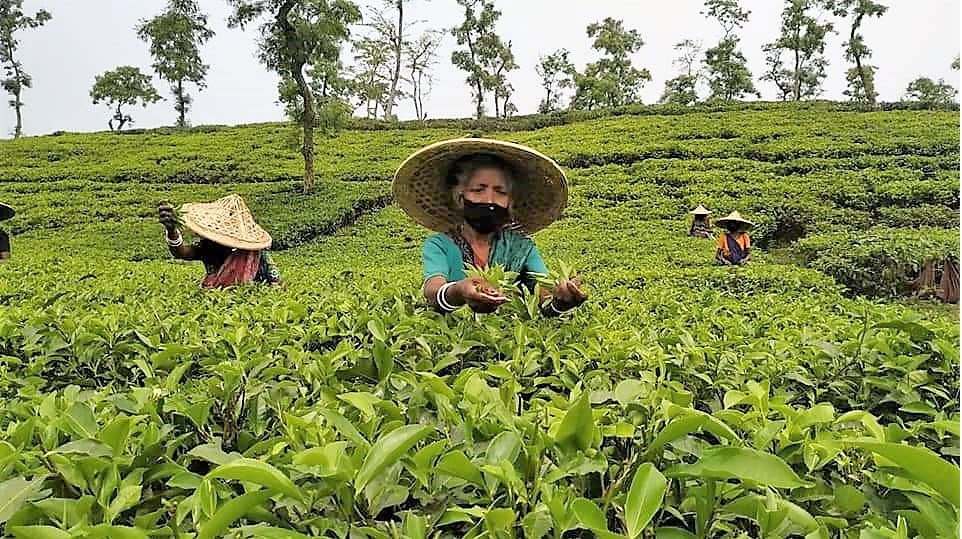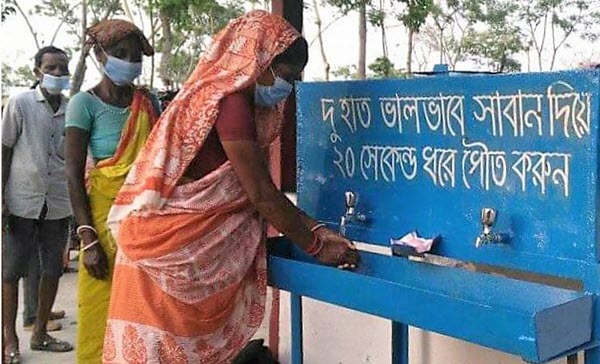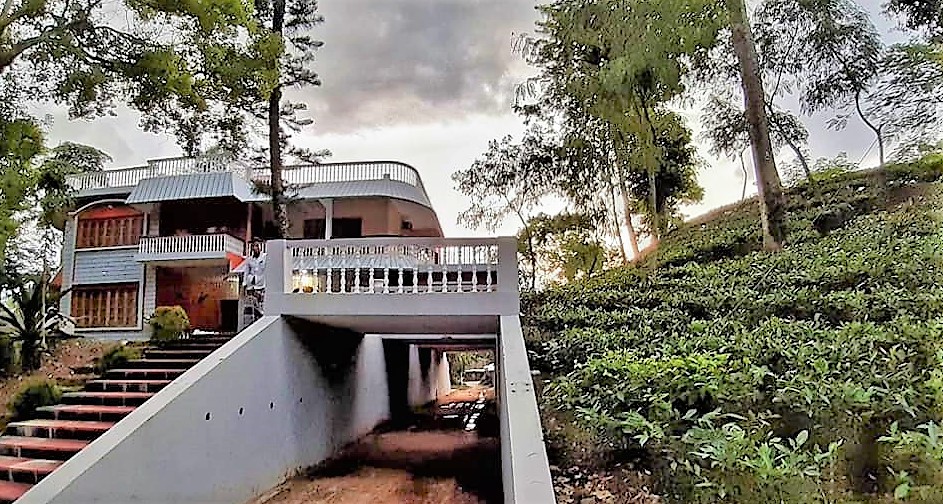The Rainforest Alliance’s Director for South Asia, Dr. Madhuri Nanda explains that while sustainable farming ensures that agricultural practices do not negatively impact and degrade the environmental, social, and economic aspects of the surrounding ecosystem, the focus shifts in regenerative agriculture towards making the system better by adopting an ecosystem approach to enhance biodiversity and improving soil health through increased microbial activities that build resilient systems capable of withstanding adverse climatic scenarios.
Listen to the interview

Regenerative Agriculture: A Holistic Approach
Madhuri Nanda, Ph.D., lives in New Delhi where she has served since January as Director South Asia with the Rainforest Alliance. A researcher with a doctorate in environmental science, she has diverse expertise in sustainable agriculture that includes resource management, nutrient management, vulnerability assessments, and climate change mitigation. She is former head of strategic development for KBS Certification Services and a graduate of Delhi University.
Dan Bolton: Is there an accepted definition of regenerative agriculture?
Madhuri Nanda: The term regenerative agriculture may be somehow new, as it was coined in 1980s by the Rodale Institute, then disappeared and surfaced again from 2015. However, we need to keep in mind that the concept behind is not recent. It draws from the principles of agroecology and holistic ecosystem management, both at the farm and landscape level. We, at Rainforest Alliance, believe this is part of a broader umbrella of climate-smart agriculture. Hence, our standard includes many regenerative agriculture principles and practices, in addition to other key dimensions of sustainability for instance, traceability, living conditions, child labor, forced labor, etc. Taking an agroecology and integrated system management approach, regenerative agriculture aims to increase biodiversity, enhance ecosystem services, and increase agroecosystem resilience thus leading to resilient livelihoods.
Dan: How do best practices in regenerative agriculture differ from sustainable farming?
Madhuri: Sustainable farming ensures that the agricultural practices do not negatively impact and degrade the environmental, social, and economic aspects of the surrounding ecosystem. This is a journey to move from sustainable agriculture to regenerative agriculture, which is more of a natural progression where the focus shifts towards making the system better by adopting an ecosystem approach to enhance biodiversity, improve soil health through increased microbial activities in the soil, thereby building resilient systems that can withstand the adverse climatic scenarios. Hence, regenerative agriculture is a holistic approach accounting for all ecosystem services. At Rainforest Alliance, over more than 34 years, our sustainability standard has incorporated many of the principles of regenerative agriculture, such as soil health management (including composting and mulching), integrated pest management, biodiversity conservation, agroforestry, and a focus on climate-smart practices.
Dan: Will you discuss the Rainforest Alliance’s view of intensive farming and mono cropping common in tea?
Madhuri: Some tea producers have already innovated over the years and started intercropping with spices to diversify their produce from the estates. Hence, intensive farming is moving towards diverse intercropping in some cases, also to support greater revenues, in addition to tea tourism. The need for shade trees due to extreme climate conditions is bringing a shift towards agroforestry, too. Thus, we find that farmers are moving away from intensive farming as they already are aware of the deteriorating soil health of their farms and are willing to explore alternative solutions. Adopting our certification program brings these regenerative agriculture practices for building resilient farming systems in today’s world of changing climate.
Dan: What are the most pressing challenges facing the tea industry?
Madhuri: The tea industry in India and globally is grappling with significant issues that challenge its survival. Changing climate with untimely and unprecedented flooding and droughts coupled with increased pest infestations have led to significant crop loss. To add to this, supply chain disruptions due to pandemic, absenteeism, shortage of labor, increase the cost of production and unfavorable market conditions have contributed to loss of business for many key players. Further, the plight of tea smallholders that now contribute more than 50% of tea production in India is beyond comprehension given the limited resources at their disposal. We find those players who already had sustainability ingrained in their business practices, for instance fair wages, better life quality of workers, sound agricultural practices in their estates are resilient and better able to sustain themselves.
— Dan Bolton
Resources
Share this post with your colleagues.
Signup and receive Tea Biz weekly in your inbox.
https://feeds.sounder.fm/10363/rss.xml








